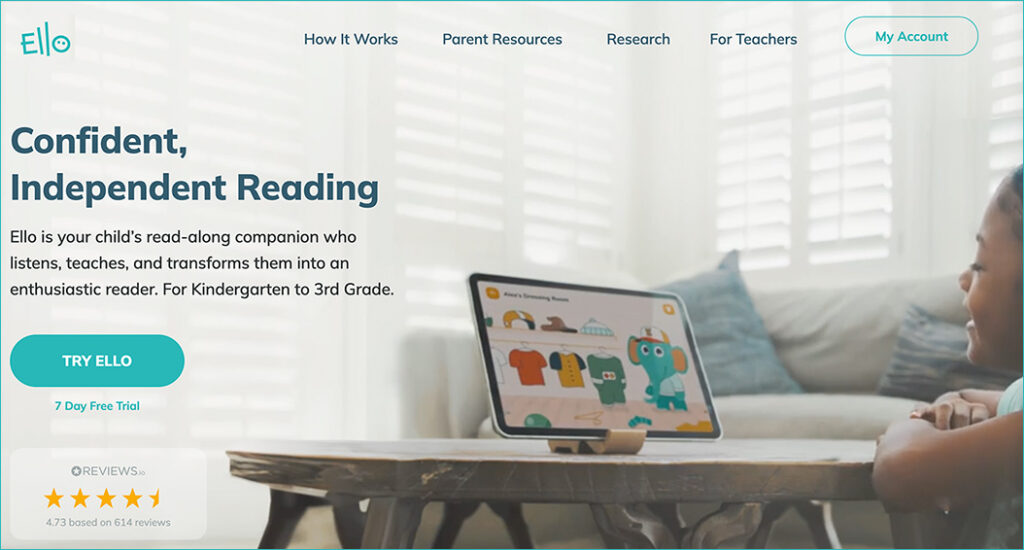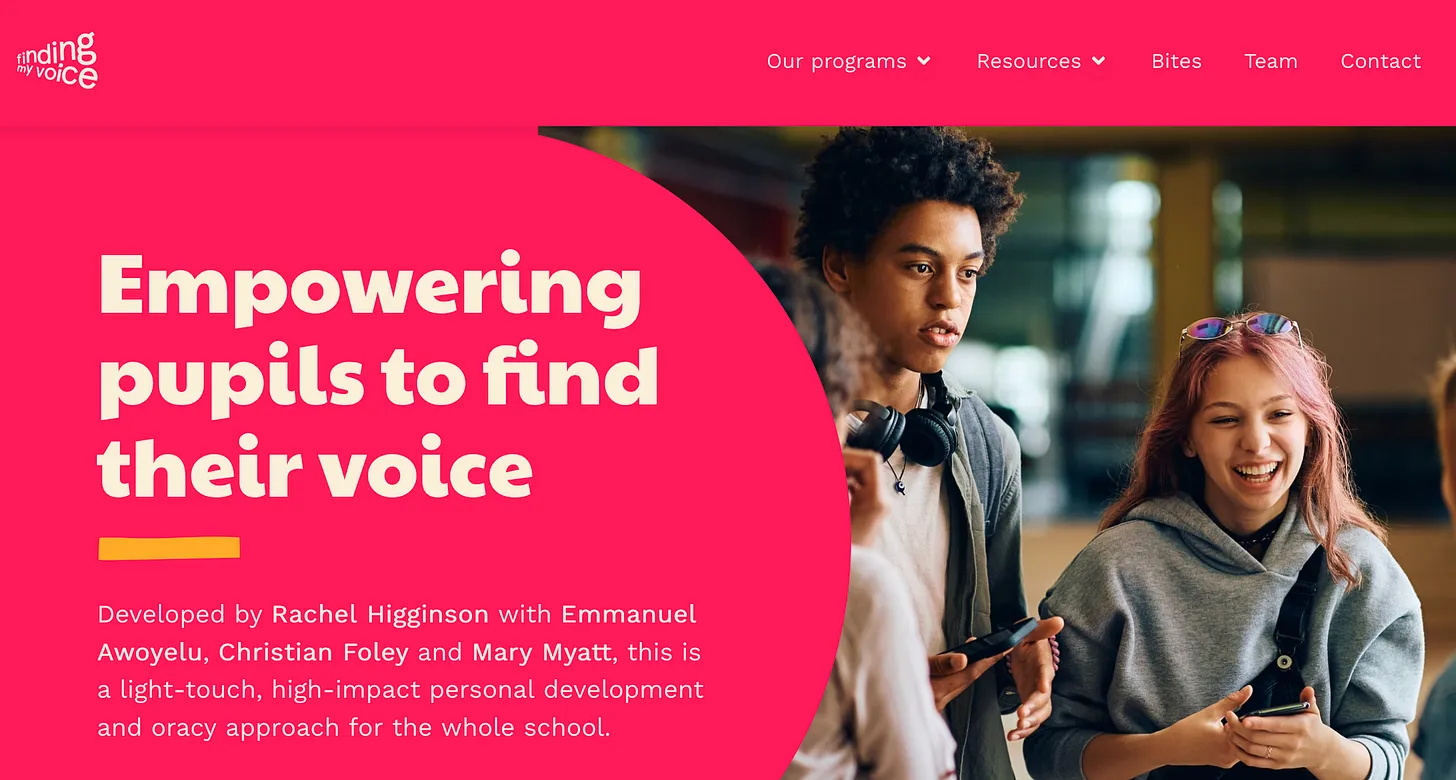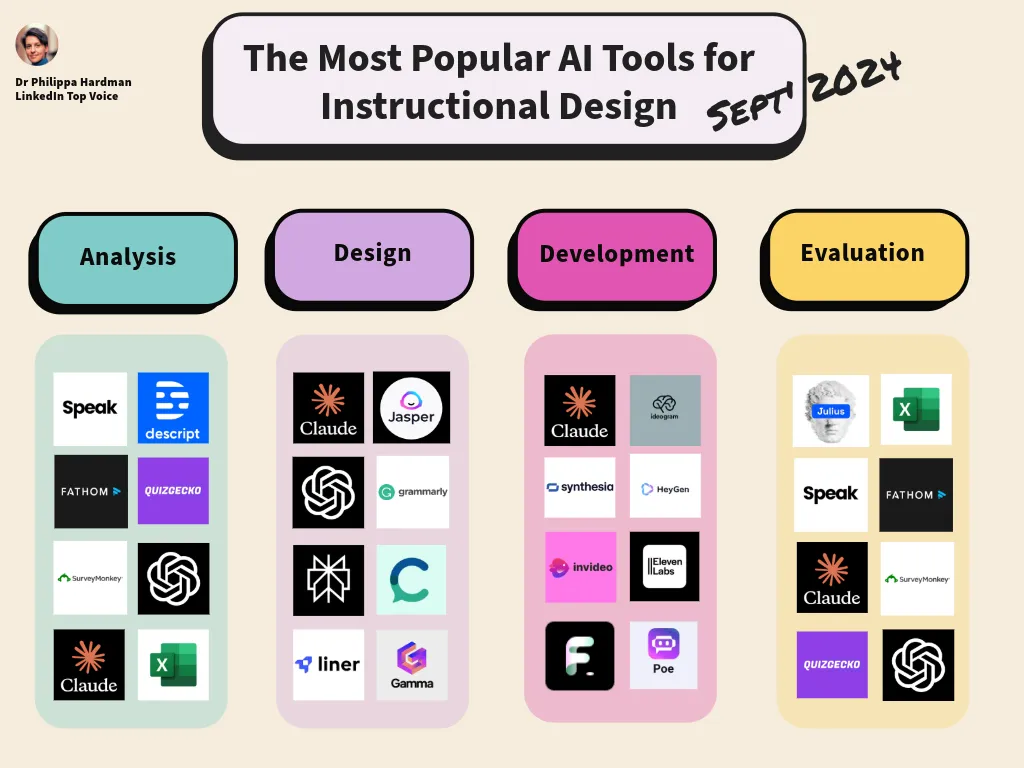S&P: Community colleges lifted by improved enrollment and finances — from highereddive.com by Ben Unglesbee
Dive Brief:
- With enrollment trends improving and state appropriations increasing, the community college sector has reason for “optimism,” according to a recent report from S&P Global Ratings.
- For 2023, median full-time equivalent enrollment, at 5,439 students, was down just 0.3% from 2021 and up nearly 8.1% from the previous year, S&P found among the roughly 200 community colleges it rates. That comes after enrollment in the sector fell 7.7% year over year in 2022,.
- Meanwhile, median state appropriations per FTE student for the sector increased 19.1% to $4,930 between 2021 and 2023, analysts found.
College competition and operational pain are the ‘new normal,’ S&P says — from highereddive.com by Ben Unglesbee-
Margins are down, costs are up and tuition revenue is constrained after the pandemic exacerbated existing challenges, according to a recent report.
Dive Brief:
- U.S. colleges face a “new normal” and accelerated existing challenges in the wake of the COVID-19 pandemic, including constrained operations and heavy competition, a recent report from S&P Global Ratings found.
- Between 2018 and 2023, operating margin rates fell from 0.8% to -0.1% amid rising costs to colleges, according to S&P. Meanwhile, median tuition discount rates at private colleges rose by more than 5 percentage points, to 44.4%, in that period, putting pressure on college revenues.
- From 2019 through the second quarter of 2024, the ratings agency issued 126 credit downgrades for the higher ed sector, compared to 62 upgrades, per the report.
5 ways colleges can improve outreach to rural students — from highereddive.com by Laura Spitalniak
Students from small towns help strengthen campus communities, said panelists at the National Association for College Admission Counseling’s conference.
We cannot just swoop in and take the best and brightest and just say, ‘Oh, good job us.’ We want this to be a two-way highway, not a one-way brain drain.
Marjorie Betley
Deputy director of admissions at the University of Chicago
A Trauma-Informed Teaching Framework for Stewards — from scholarlyteacher.com by Jeannette Baca, New Mexico Highlands University; Debbie Gonzalez, California State Polytechnic University, Humboldt; Jamie Langlois, Grand Valley State University; and Mary Kirk, Winona State University
Using the Trauma-Informed Community of Inquiry (T-I CoI) framework as a pedagogical design helped us address students’ emotional stress and facilitated cognitive growth and connection to the learning process. It also provided an opportunity to create a sense of community within an online learning environment. When we returned to in-person instruction, the model continued to be beneficial.













